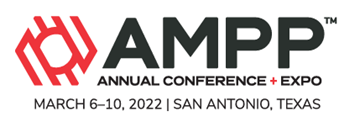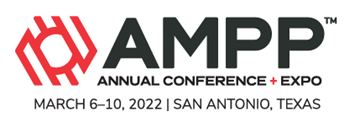Search
Online Conference Paper
View as
Sort by
Display
per page
Performance Test Results of New Artificial Non-Metallic Abrasive
Product Number:
MPWT19-14265
Publication Date:
2019
$0.00
Performing Coating And Corrosion Assessments To Maintain Military Fuel Piping
Product Number:
51322-18027-SG
Publication Date:
2022
$20.00
Performing Corrosion Risks Assessments of Nuclear Waste Process Tanks Containing Variable Waste Chemistries
Product Number:
51323-18878-SG
Publication Date:
2023
$20.00
Phase Field Modeling Of Oxide Growth In An Aged Fe-Cr
Product Number:
ED22-17141-SG
Publication Date:
2022
$20.00
Ph-Responsive Copolymers As Silica Scale Inhibitors
Product Number:
51322-17703-SG
Publication Date:
2022
$20.00
Physico-Chemical Characterization of Corrosion Scales in Braking Systems
Product Number:
51320-14687-SG
Publication Date:
2020
$20.00
Physicochemical Description of Refinery High Temperature Naphthenic Acid Corrosion
Product Number:
51324-20988-SG
Publication Date:
2024
$40.00
Pilot-Scale Demonstration of In-Situ Distributed Optical Fiber Sensors Inside an Operating High-Pressure Natural Gas Pipeline
Product Number:
51323-19356-SG
Publication Date:
2023
$20.00
Pipeline Corrosion Management against Dynamic Production towards the Extended Life
Product Number:
51324-20670-SG
Publication Date:
2024
$40.00
Pipeline Integrity - Onshore Pipelines vs Offshore Pipelines
Product Number:
51324-20784-SG
Publication Date:
2024
$40.00












